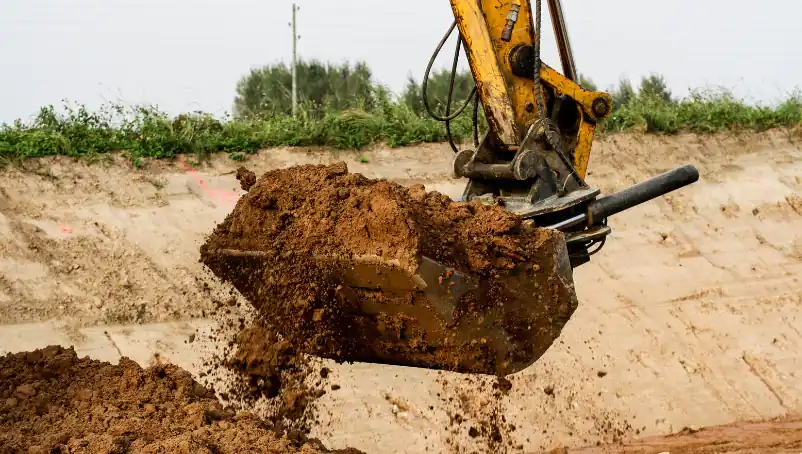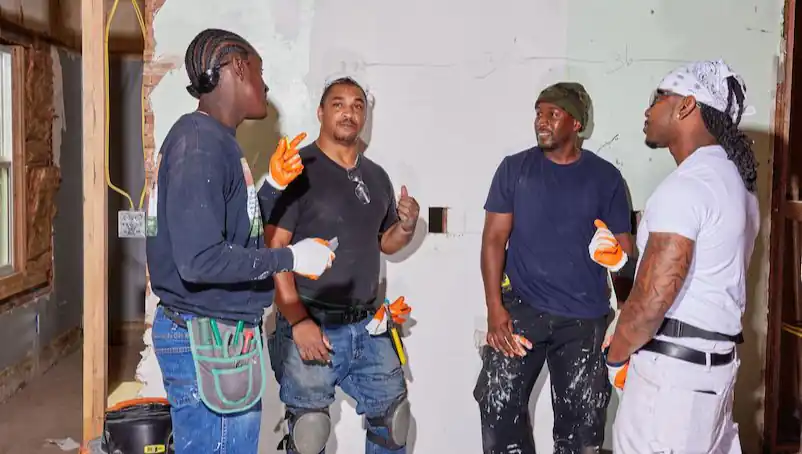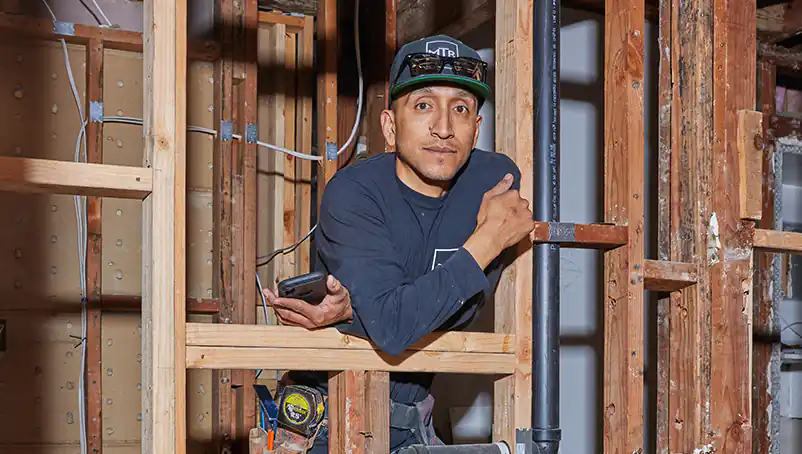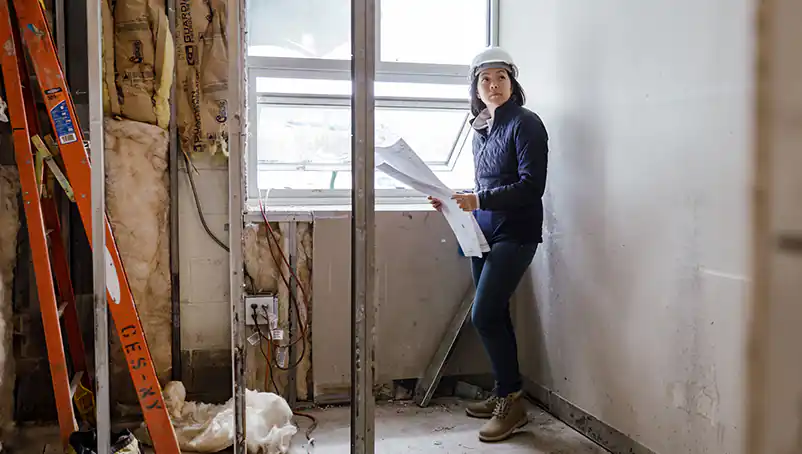What’s the difference between excavating and trenching?
It depends on who you ask. Mike Moore, co-founder and head of production at SnapADU, says people often use the terms excavation and trenching interchangeably. But, according to OSHA, there are some differences between the two.
Excavation is an artificial cut, cavity, trench or depression created by removing earth. When you excavate, you get rid of the dirt; you don’t build on top of what you remove, Moore said.
A trench is a type of excavation made below the ground’s surface. Trenches are narrow and not more than 15 feet deep.
When trenching, you backfill it with soil or concrete to build on top of the dirt you trench, Moore said.
Common dangers: Why excavation safety and trench safety is necessary
Some of the hazards workers face from excavating and trenching are unique to these processes. Others are risks you could encounter at any construction site.
Here are some of the most common risks to be aware of.
- Cave-ins. Cave-ins occur when the earth removed while excavating or trenching falls into the workspace. Cave-ins are the most serious risk workers face and can be fatal.
- Flooding. Construction projects don’t always take place under clear skies. When it rains, water can cause the soil to become unstable, creating dangerous conditions for workers.
- Trips and falls. When you’re digging, there’s always a risk that a worker will slip and fall, leading to injury.
- Falling loads. When loading or unloading equipment, items can fall, striking workers.
- Hazardous atmosphere. When you start digging, the air quality can rapidly deteriorate. Low oxygen levels and exposure to toxic gases can occur. The risk increases the deeper you go and when you dig near landfills or areas where hazardous materials are stored.
- Mobile equipment. Heavy equipment is needed when excavating or trenching. But beware — mobile equipment can fall or roll into an excavation or trench.
Excavation and trench safety tips
Taking safety seriously on the job site can help prevent injuries and death. These tips can help you and your workers stay safe.
- Check for utility lines. Before digging, check for water, electric and sewage lines to ensure you won’t hit one.
- Install signage. A construction site is a busy place; mark trenches and excavations to prevent falls and keep people non-essential workers away from the area.
- Use a trench shield. Trench shields won’t prevent cave-ins, but they can help protect workers if one occurs by creating a hollow cavity in which to work. Workers should stay within the shield whenever they’re in the trench.
- Keep materials away from the edge. Soil, equipment and other materials should be kept at least two feet from the edge so they don’t interfere with construction.
- Cover trenches. If no one is working in the trench, cover it to avoid falls.
- Use the right ladder. When working in a trench, you should only use an extension ladder, not an “A” frame.
- Install lagging or shoring. Lagging or shoring helps prevent cave-ins by keeping the soil in place during excavations.
- Put up fencing. Placing a fence around the area you’re excavating or trenching can help prevent falls.
- Employ sloping. Angle the soil so it won’t cave in.
- Stay away from vehicles. Workers should not stand or work under equipment, especially when materials are loaded or unloaded onto it.
- Beware of water. OSHA regulations prohibit workers from entering an excavation or trench with standing water or when water is entering it unless they have added protection. Safety precautions may include removing the water before allowing workers to enter; using special supports or shield systems; or giving workers safety harnesses or lifelines before entering.
- Provide safe entry and exit. If digging more than four feet down, ladders, steps or ramps must be placed at least every 25 feet. This allows workers to enter and exit the trench or excavation safely.
- Test the atmosphere. Planning to dig four feet or deeper? You’ll need to conduct atmospheric testing before sending your workers in to complete the job. You must provide proper ventilation and respiratory protection if there’s an oxygen deficiency or a hazardous atmosphere.
- Train your workers. Safety is everyone’s responsibility. All employees and subcontractors should participate in excavation and trench safety training. Consider having regular toolbox talks to keep safety top of mind on the job site.
- Purchase workers’ compensation insurance. Even with trenching and excavation safety precautions in place, injuries sometimes occur. Workers’ compensation coverage provides a safety net to help pay for medical expenses if someone gets hurt on the job. Plus, most states require it.
Excavation and trench safety responsibilities for the competent person
Every excavation or trenching project needs a competent person. The competent person plays a critical role in keeping everyone at the job site safe by identifying existing and potential dangers that might arise.
The competent person may be responsible for:
- Classifying soil
- Testing the atmosphere for oxygen levels and the presence of toxic gases
- Conducting daily inspections for signs of cave-ins and hazards that could cause a cave-in
- Confirming shoring and other protective systems are in place according to the engineer’s design and show no signs of failure
- Inspecting equipment
- Designing structural ramps for entry and exit into and out of excavations and trenches.
- Making sure workers follow all OSHA-mandated safety protocols






